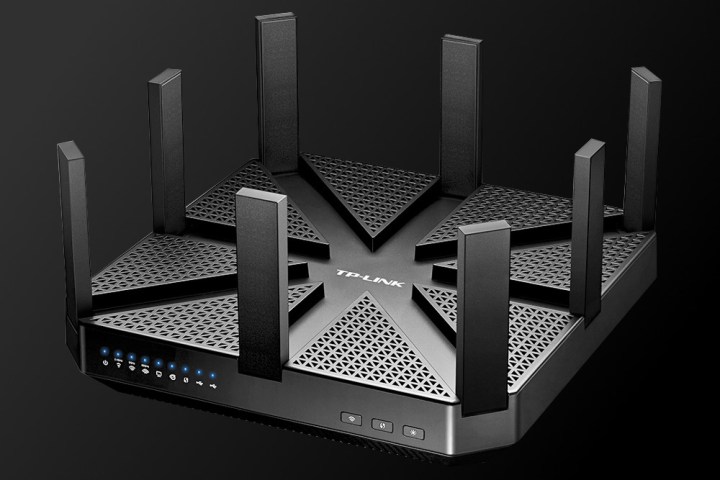
Cybermoon CEO Amitay Dan said on Friday that TP-Link lost control of its tplinklogin.net domain because it forgot to renew the address. Rather than forking out money to regain the domain from an external company that happened to scoop up the address, TP-Link instead decided to update its online manuals by removing the domain name references altogether.
“The logic behind using [a] domain in the first place, instead of an IP address, is the main problem here,” Dan said in a blog. “Forgetting to buy the domain is the second mistake. While checking how many users are trying to use it, I’ve realized that’s this is effecting plenty of people. My advice is to block the domain by the ISP.”
Computerworld followed up with a report stating that another TP-Link domain that is typically used with its Wi-Fi extenders, tplinkextender.net, is now owned by an anonymous entity that will gladly sell the address. The owner of the other domain, tplinklogin.net, has a For Sale sign posted as well. Thankfully, both domains reportedly don’t connect to a TP-Link device.
Customers who own a TP-Link router or extender, and enter the provided domain address in their browser, should still pull up the control panel instead of the domain’s sell page. To verify this, Computerworld did a factory reset of TP-Link’s TL-WR841N router, and then entered the tplinklogin.net address into a browser while the router remained offline. This brought up the internal administrative website, which also loaded up when the domain was entered into the browser once the router was physically connected to the Internet.
The big security issue here regarding the two uncontrolled domains is that when TP-Link customers use the tplinklogin.net domain to access TP-Link devices other than routers (like an extender), it will pull up a public Internet web page instead of the internal logon page. Currently, that address leads to a page provided by Sedo’s Domain Parking service, but could play host to a malicious site in the future.
“If cybercriminals get their hands on this router configuration domain, it could become a significant tool for malware distribution using simple instructions, for example, to ‘download new firmware to your router,’” said Lior Kohavi, CTO at CYREN. “There is also the possibility it could be used for phishing. After all, this is a domain that receives a large number of visitors each day, as users are actually instructed to visit the site. It’s this large number of ‘natural’ and trusting visitors that makes this domain so potentially valuable to criminals.”
Ultimately, the ideal setting would be to write down or memorize the actual device IP address. Another option would be to get a router that cannot be configured, such as the OnHub router from Google and similar “closed” devices. These offer nearly no options to adjust, and are accessible through a mobile app.
Editors' Recommendations
- TP-Link’s Wi-Fi 6E router comes with motorized antennas for better reception
- TP-Link rolls out its first midrange router sporting Wi-Fi 6 software specs
- TP-Link’s new routers give you a huge mesh network for just $99


